ANTD.VN - As a large dairy company in Vietnam, with a huge production system of 13 factories and 13 farms nationwide, Vinamilk shows its pioneering role in activities to reduce carbon footprint, manage greenhouse gas emissions, and accompany the Government towards Net Zero.
Speaking at the Green Trade Forum 2023 with the theme "Proactive green transformation", Mr. Le Hoang Minh, Executive Director of Production and Head of Net Zero Project at Vinamilk, said that with the awareness that any production activity impacts the environment and community, Vinamilk always strives to find solutions to minimize these impacts and effectively use resources and energy.
Through these activities, Vinamilk affirms its pioneering role in managing and minimizing carbon footprints in production and business activities and accompanies the Government in implementing the "National Strategy on Climate Change to 2050" as well as aiming for the Net Zero target (net zero emissions) committed at COP26.
Vinamilk representative added that the greening process in Vietnam still faces many challenges. “Because emission reduction is not just the story of a single business, because we are part of a common value chain. Vinamilk also has suppliers and consumers, and their activities all have emission indexes, which if converted, will account for 80% of total emissions. Therefore, this challenge cannot be solved by itself but requires the cooperation of businesses and the community.” – Mr. Minh shared on the sidelines of the forum.
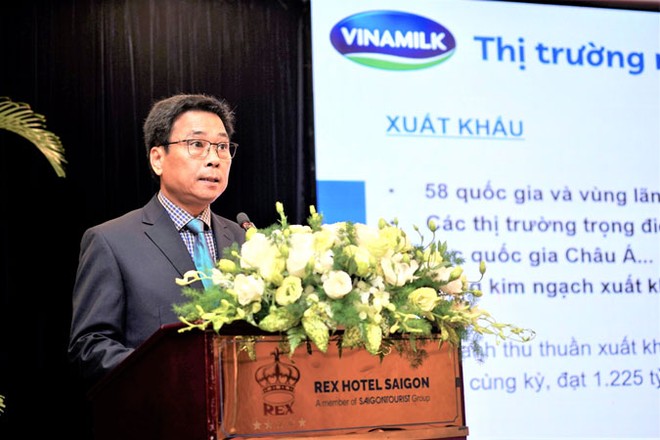 |
| Mr. Le Hoang Minh, Production Director of Vinamilk presented a speech at the forum. |
Sustainable development – a strategic goal that cannot be separated from the pillars “Nature – People – Products”
Vinamilk is currently in the Top 36 largest dairy companies in the world in terms of revenue (Revenue 2022: over 60,000 billion VND). The company currently manages 15 farms and 17 factories at home and abroad, 13 subsidiaries, joint ventures and associates at home and abroad. In Vietnam alone, Vinamilk's system of factories and farms can be considered the largest in the dairy industry.
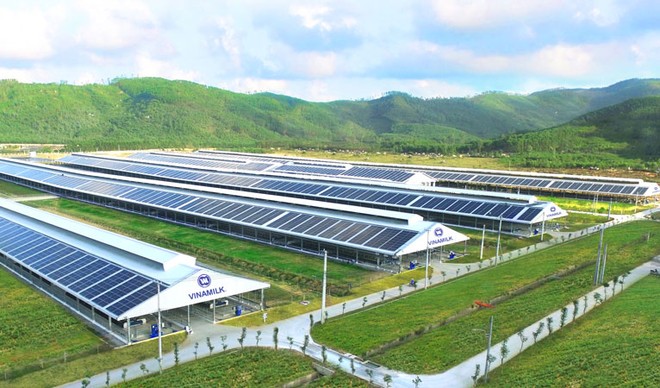 |
| Vinamilk farms all use solar energy, biogas systems turn cow waste into resources. |
Operating in the dairy farming and production industry, therefore, sustainable development at Vinamilk is determined to revolve around three main pillars: nature - people - products.
Mr. Le Hoang Minh added that promoting the application of technology, implementing international standards, increasing the use of green energy, circular economy... is also one of the four key points in Vinamilk's 5-year strategy (from 2022 to 2026).
Vinamilk is known as a unit that has recognized and implemented sustainable development programs very early. Since 2012, this is a rare domestic enterprise that has published a Sustainable Development Report referring to the GRI Global Sustainability Reporting Standards and the United Nations Sustainable Development Goals (SDGs). This report is published voluntarily, independently and audited by the world's leading auditing companies to ensure transparency, clarity and completeness.
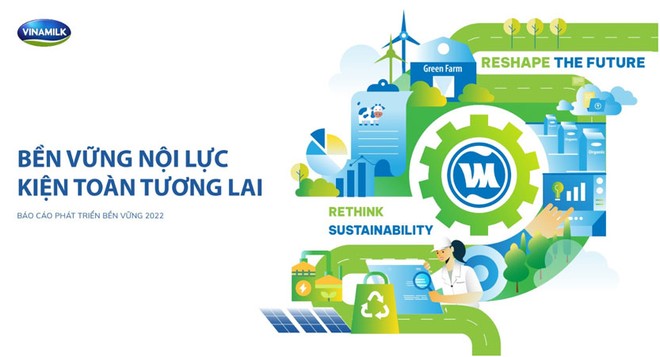 |
| Vinamilk's Sustainable Development Report has won many awards for many consecutive years. |
Reducing Carbon Footprint, Aiming for Net Zero
Among the 11 key areas that Vinamilk plans to invest in for sustainable development, greenhouse gas emission management is a priority area. This is clearly shown when Vinamilk recently announced its roadmap to Net Zero by 2050 and the first factories and farms to achieve carbon neutrality according to the international standard PAS 2060:2014.
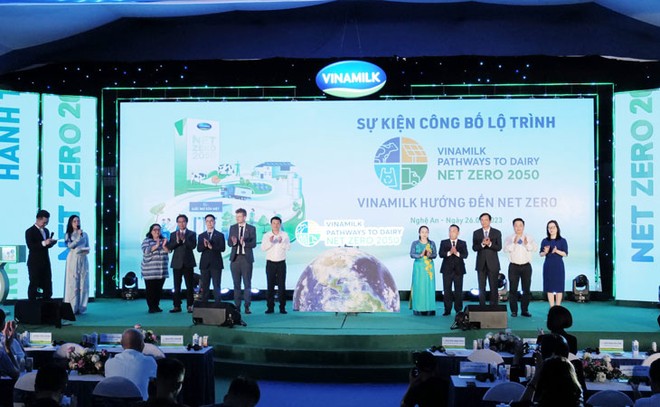 |
| Vinamilk received certification for carbon neutral factory and farm according to PAS 2060:2014 standard |
Vinamilk Nghe An Dairy Factory and Vinamilk Nghe An Dairy Farm are the first two units to achieve carbon neutrality according to PAS2060:2014 standards with more than 17,560 tons of CO2 absorbed. This result comes from the "dual action" of reducing emissions in production and livestock farming while maintaining a green tree fund to absorb greenhouse gases over the years.
Previously, Vinamilk was the first Vietnamese dairy enterprise to participate in Pathways to Dairy Net Zero (Global Initiative of the dairy industry on Net Zero) and the first dairy enterprise in Asia to cooperate with the World Dairy Sustainability Framework (DSF) to conduct an assessment program - identifying key aspects of sustainable development at Vinamilk in particular and the Vietnamese dairy industry in general.
With a specific roadmap of: Reducing greenhouse gases by 15% by 2027, reducing greenhouse gases by 55% by 2035 and achieving Net Zero by 2050, Vinamilk focuses on 4 aspects: Sustainable livestock farming - Green production - Environmentally friendly logistics - Sustainable consumption.
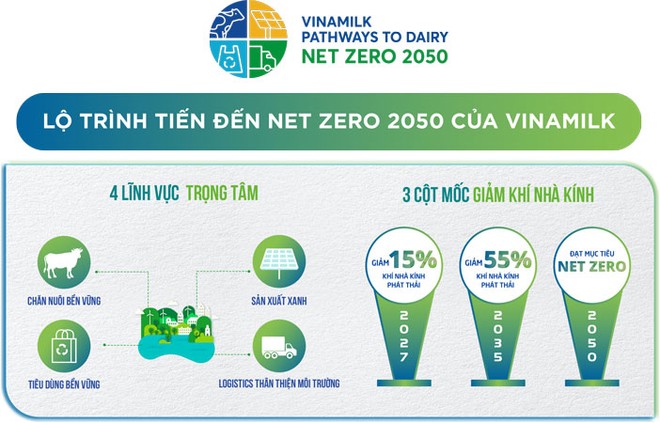 |
Vinamilk leaders cited the application of a biogas system that turns waste into resources (fertilizer, water, gas, etc.), farms are 100% cultivated using organic methods, 70% of the farm area is covered with greenery, 87% of green, clean energy from Biomass, CNG replaces energy from fossil fuels; 15%-20% of electricity used is exploited from solar energy. Vinamilk also invests in energy-saving technology such as self-propelled robots, heat recovery and reuse systems, etc.
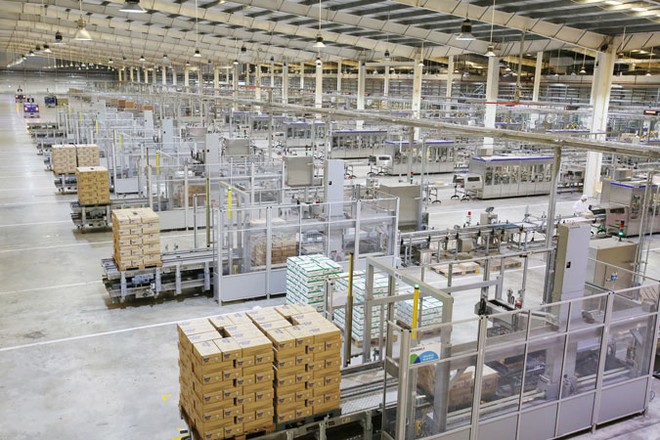 |
Vinamilk invests in many modern technologies to save energy and reduce emissions. |
Following the success of the 1 Million Trees for Vietnam Fund (2012-2020), Vinamilk has also coordinated with the Natural Resources and Environment Newspaper to implement the Net Zero Tree Planting Project for 5 years (2023-2027) with the goal of increasing tree coverage nationwide, contributing to reducing the impact of climate change, forming "Net Zero Forests" in the future. "This year, we will plant more mangrove forests in Ca Mau, this type of forest has a high capacity to absorb CO2 and helps limit many other negative phenomena caused by climate change" - Mr. Minh added.
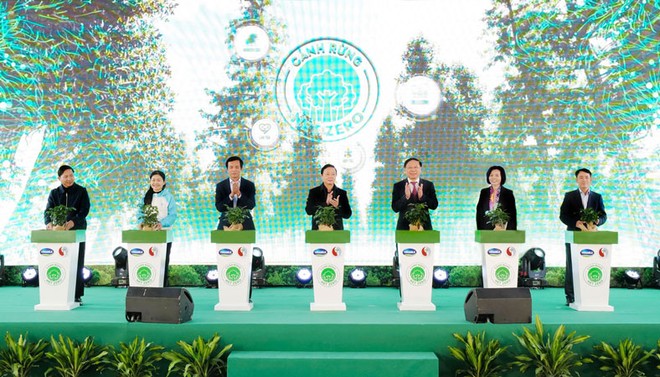 |
| Vinamilk and the Ministry of Natural Resources and Environment will launch the Project in Me Linh District (Hanoi) in February 2023. |
*Carbon footprint is the total amount and level of greenhouse gas emissions emitted, originating from the production and use of products or services by humans directly or indirectly.
Source link


![[Photo] Many young people patiently lined up under the hot sun to receive a special supplement from Nhan Dan Newspaper.](https://vphoto.vietnam.vn/thumb/1200x675/vietnam/resource/IMAGE/2025/5/18/6f19d322f9364f0ebb6fbfe9377842d3)

![[Photo] Party and State leaders attend the special art program "You are Ho Chi Minh"](https://vphoto.vietnam.vn/thumb/1200x675/vietnam/resource/IMAGE/2025/5/18/6895913f94fd4c51aa4564ab14c3f250)

![[Photo] Ready for the top competitions of Vietnamese table tennis](https://vphoto.vietnam.vn/thumb/1200x675/vietnam/resource/IMAGE/2025/5/18/9c547c497c5a4ade8f98c8e7d44f5a41)



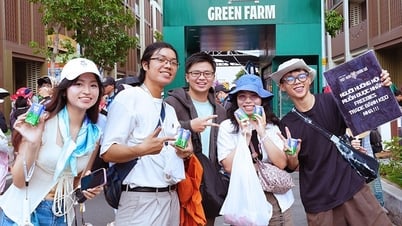



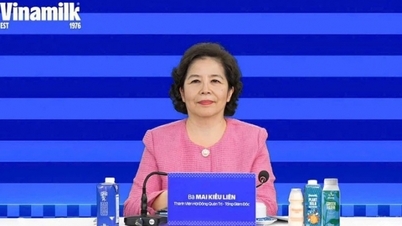

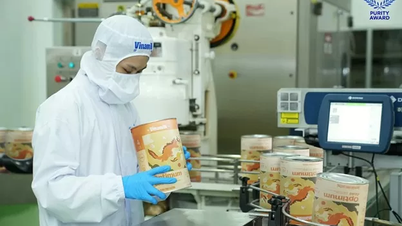

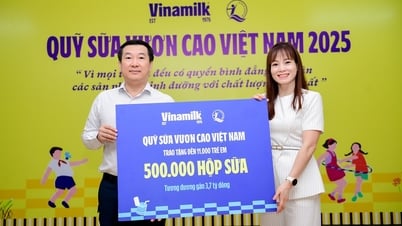



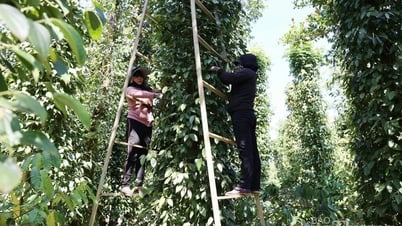
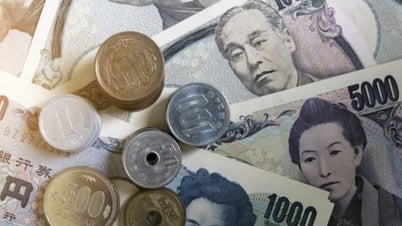
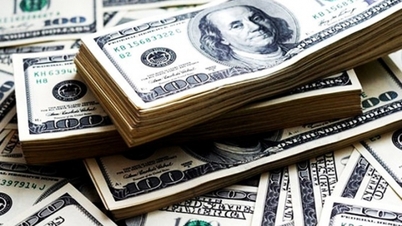
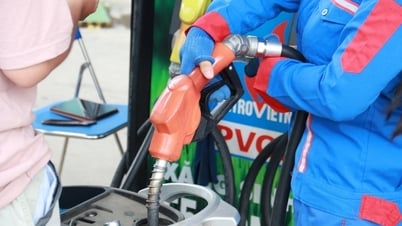





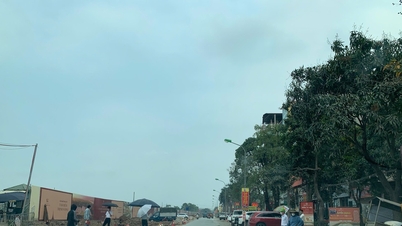
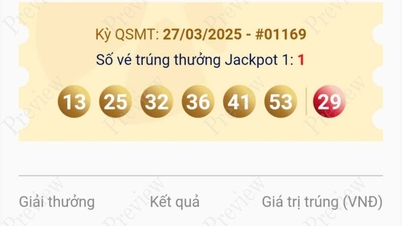

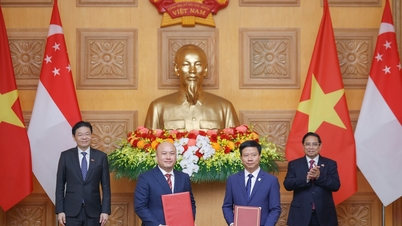




















































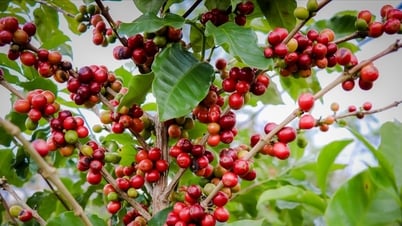


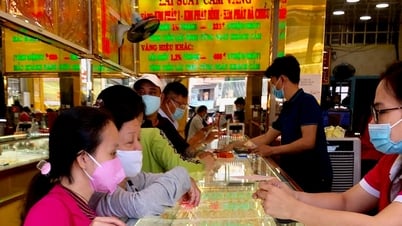










Comment (0)